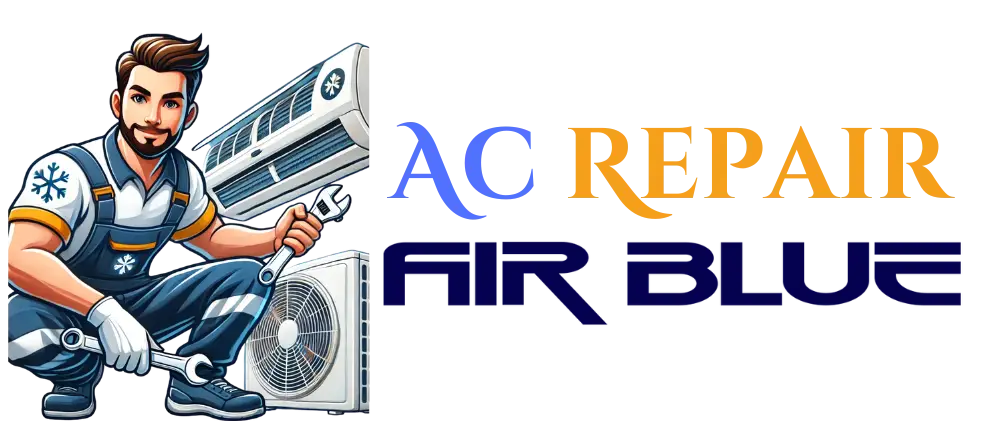Introduction to Air Quality Testing
Your indoor air quality directly impacts your health and well-being. Air Quality Testing is the first step to understanding and improving the air you breathe. Whether it’s reducing allergens, detecting pollutants, or ensuring a safe environment, this service identifies harmful contaminants, helping you create a cleaner, healthier space for you and your loved ones.
With cutting-edge tools and expertise, we provide a thorough assessment of your air quality, offering actionable solutions tailored to your specific needs. Let’s uncover what’s really in your air and how you can take control.
Comprehensive Service Description
Air Quality Testing involves the systematic evaluation of the air in your home, workplace, or other indoor spaces. Here’s how we do it:
- Advanced Air Sampling: We collect air samples using state-of-the-art equipment to measure levels of pollutants like carbon monoxide, mold spores, volatile organic compounds (VOCs), and particulate matter.
- Humidity and Ventilation Analysis: Assessing humidity levels and ventilation systems to identify factors contributing to poor air quality.
- Detailed Reporting: You’ll receive a comprehensive report detailing our findings, including pollutant levels and recommendations for improvement.
Unique Elements
- Customized Testing Plans: Tailored to your specific environment and concerns, such as allergens or industrial pollution.
- Real-Time Monitoring: For immediate insights and quicker solutions.
- Certified Technicians: Backed by years of expertise and industry standards.
Key Benefits for You
- Healthier Living Environment: Reduce allergens, respiratory irritants, and toxins for improved overall health.
- Peace of Mind: Know exactly what’s in your air and how it affects you and your family.
- Increased Property Value: Demonstrating a commitment to clean air can be an attractive selling point.
- Improved Productivity: Cleaner air has been linked to better focus and fewer sick days, making it ideal for workplaces.
- Cost-Effective Solutions: Address issues before they escalate into expensive repairs or health treatments.
Step-by-Step Process of Air Quality Testing
1. Initial Consultation
- What to Expect: Discuss your specific concerns (e.g., allergies, odors) and the scope of testing.
- Timeline: Typically lasts 30 minutes.
2. On-Site Assessment
- What to Expect: A trained technician evaluates your space, identifying potential problem areas.
- Timeline: Around 1–2 hours.
3. Air Sampling and Analysis
- What to Expect: Collection of air samples for laboratory testing or on-site analysis.
- Timeline: Immediate results for some tests; lab results within 3–5 days.
4. Detailed Reporting
- What to Expect: Receive a comprehensive report with pollutant levels, explanations, and actionable recommendations.
- Timeline: Delivered within 5 days after assessment.
5. Implementation of Solutions
- What to Expect: Guidance on steps to improve air quality, such as filtration upgrades or sealing leaks.
DIY vs. Professional Job
DIY Air Quality Testing
- Methods: Over-the-counter air testing kits and home monitors.
- Challenges: Limited accuracy, difficulty identifying specific pollutants, and lack of professional interpretation.
Professional Air Quality Testing
- Advantages:
- Specialized equipment for precise readings.
- Expertise to identify and address root causes.
- Comprehensive reporting and tailored solutions.
Verdict
For accurate results and actionable insights, professional air quality testing is the clear choice.
Helpful Tips for You
To make the most out of your Air Quality Testing and improve your environment, follow these best practices:
- Prepare Your Space: Before the test, ensure the area is accessible and clear of obstructions to facilitate the technician’s work.
- Maintain Proper Ventilation: Open windows occasionally to allow fresh air circulation, reducing indoor pollutant buildup.
- Replace Filters Regularly: Clean or replace HVAC and air purifier filters every 1-3 months to maintain efficiency.
- Limit Indoor Pollutants: Avoid smoking indoors, minimize use of harsh chemical cleaners, and reduce reliance on synthetic fragrances.
- Use Dehumidifiers: Maintain indoor humidity levels between 30-50% to prevent mold growth and dust mites.
- Schedule Regular Testing: Annual or biannual testing ensures your air remains clean and safe, particularly if you’ve recently renovated or moved.
Maintenance and Aftercare
Maintaining good air quality doesn’t stop after the initial testing. Here’s how to keep your air clean:
Routine Maintenance:
- Replace air filters in HVAC systems and air purifiers as recommended by the manufacturer.
- Inspect ventilation ducts and clean them periodically to prevent dust buildup.
Monitor Air Quality: Invest in a quality air monitor to track changes and act swiftly if levels spike.
Follow Recommendations: Implement solutions provided in the test report, such as installing HEPA filters or sealing leaks.
Avoid Neglecting Cleaning: Dust and vacuum with HEPA-equipped tools regularly to remove allergens and fine particles.
Periodic Checkups: Schedule follow-up air quality tests to ensure sustained improvements and detect any emerging issues.
Did You Know?
- Did You Know? Poor indoor air quality can be 2-5 times more polluted than outdoor air, according to the EPA.
- Seasonal Tips: During winter, indoor heating can exacerbate air pollution—test your air quality before the cold months set in.
- Unique Insight: VOCs from everyday items like furniture and paint can linger for years, impacting air quality long-term.
What Our Clients Say
Here’s what some of our happy clients have shared:
- “Thanks to your testing, we discovered mold we never suspected. Now, my family breathes easier every day!” – Sarah J., Homeowner.
- “Our office environment feels fresher and more productive after implementing your recommendations. Highly recommend!” – James M., Business Owner.
- “The detailed report gave us clarity and confidence to make necessary changes. Worth every penny!” – Linda K., Property Manager.
Get in Touch
Breathe easier today! Contact us to schedule your Air Quality Testing:
We’re here to help you create a healthier, safer, and more comfortable environment. Let’s get started!
FAQ on Air Quality Testing
We test for allergens, mold spores, VOCs, carbon monoxide, radon, and particulate matter, among others.
At least once a year, or more frequently if you notice issues like persistent odors, allergies, or recent renovations.
Costs vary, but the long-term health and property benefits outweigh the initial expense.
Yes, issues like respiratory irritation, headaches, fatigue, and allergies are common effects of poor air quality.
Yes, to ensure your purifier is effectively improving air quality and identify other potential sources of pollution.
The full process, including sampling and reporting, usually takes 3-7 days.
Not at all! Testing is non-invasive and designed to minimize interruptions.
You’ll receive a detailed report with findings and actionable steps to improve air quality.
Absolutely! Clean air enhances employee productivity and meets health standards for workplace environments.



